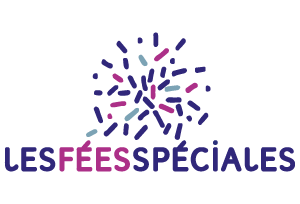What’s a Digital Asset Manager?
A digital Asset manager or DAM is a tool or software used to organize, store, and manage digital assets, such as images, videos, audio files, and documents. It’s a key component of your animation pipeline, facilitating the entire fabrication process.
LibreFlow is an open source digital asset manager made by your R&D team. LibreFlow is based on Kabaret, an open-source framework originally developed at Supamonks Studio by Damien Dee Coureau.
Libreflow: what is it?
It’s the hub of an audiovisual production where graphic designers manage files within their assigned tasks. This hub handles version control and naming conventions, maintaining a precise history of each file. It launches any editor, whether it’s Blender, Maya, After Effects, Photoshop, etc., but most importantly, it allows for an unlimited number of production-specific actions to make technical and artistic processes simpler, faster, and more efficient.
LibreFlow can be used and adapted to all types of projects: short films, feature films, pilots, series, documentaries, and more.
Key Features
- All-in-One Asset Manager
- Management of all types of tasks, files, and naming conventions
- Fully customizable (both actions and structure) via Python
- Multi-site management (file synchronization via a Mini.IO server)
- Advanced connection and features with Kitsu (but can connect to other production trackers)
- Free task/file templates to automate the creation process
- Customizable naming conventions (global, by task, by file)
- Search engine for quick navigation
- Works on all OS: Windows, Mac, Linux supporting Python >3.8 and QT
- Centralized database, making LibreFlow a semi-decentralized asset manager (each site can operate independently with its files, but the database is shared)
Libreflow demonstration
Is It Ready to Use? No.
LibreFlow comes with a long list of other useful features that allow you to quickly start a complete pipeline. It offers a high level of customization for the specific needs of a production, unlike many other solutions on the market. However, this comes with an initial configuration cost. You need to have TD and IT skills to get started with LibreFlow. You must deploy two databases, install Python, deploy LibreFlow and its dependencies, customize tasks and files, and have a good understanding of the production’s needs. It’s not very complicated, but it requires careful implementation, so you’ll need to dedicate some time to it.
That said, if you have needs and lack the team to manage all this, we can help you.
